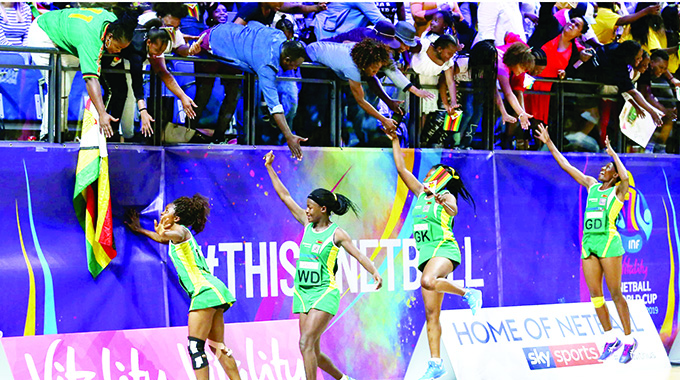Harare to probe illegal land sales

Yeukai Karengezeka and Bothwell Petro
Harare City Council has appointed a committee to investigate illegal land sales, amid reports of chaotic allocation of infill stands that has seen houses being built on top of water pipes, while others were built less than two metres away from busy roads.
Some structures are being constructed on wetlands. Double allocation is also rife, with endless disputes flooding the civil courts.
Some residents are at each other’s throats over land which was separately allocated to them by the same local authority.
Most open grounds that served as breathing spaces no longer exist in most suburbs, as they have been taken up by illegal housing.
Harare Town Clerk Engineer Hoseah Chisango said he had already set up a team of investigators to establish the culprits behind the illegal allocation of the stands.
He said if anyone was caught on the wrong side of the law, the cases will be referred to the law enforcement agents for criminal investigations.
“We have set up a special committee to do a case-by-case investigation of land sales that are suspicious to us,” said Eng Chisango. “The guys are already on the ground and if criminal acts are detected, police or the Zimbabwe Anti-Corruption Commission will be called in.
“Those who do not have papers for the property will have the illegal structures demolished to restore order.”
An investigation by The Herald has established that a number of infill stands allocated to people in Dzivarasekwa 4 near a cemetery have encroached onto the roads, making the area inaccessible.
Residents cannot even drive because there is no longer space for the road.
At least 20 houses are affected by the chaotic allocation of stands in the area.
Along Chiremba Road in Hillside, a house is under construction less than two metres away from the road and it has become the talk of the suburb, with people questioning its legality.
Investigations by The Herald have established that the house belongs to an employee of Harare City Council and the stand was not meant for construction of a house.
The structure, which is just a stone’s throw from the Harare-Mutare rail line is too close to the busy road and residents are wondering if it had the blessing of the council.
House number 2685 36th Crescent in Warren Park 1 was built on top of council’s main water supply lines.
The pipes, from Morton Jaffray Waterworks, are between the main house and the cottage on the residential stand in question, exposing the families to danger in case of pipe bursts.
A number of other houses are also affected by the same problem in Warren Park 1, amid reports that construction on the same piece of land was condemned in 2015.
Surprisingly, construction on the prohibited land resumed early this year.
In Kuwadzana 7, along the Harare-Bulawayo Highway, several infill stands have mushroomed in a swampy area opposite Kuwadzana Extension that is too close to the road, electricity pylons and a tributary of Marimba River.
Water pipes pass through the Kuwadzana stands.
Cranborne residents are also up in arms with council after it emerged that an open space, which used to have swings and other recreational equipment, is now a residential area.
Construction is underway, with a church structure and several houses already completed.
The residents have lodged complaints with the council and the case is still to be resolved.
At Hillside Park, a raging land dispute pitting former Cabinet minister Petronella Kagonye and local residents has exposed the rot in Harare City Council’s land allocation system, amid reports that the local authority decided to partner residents in constructing a recreational park on the land it had previously allocated to the politician.
Kagonye says she was allocated a one-hectare piece of land at Hillside Park wetland last year by Harare City Council and she holds a lease agreement in respect of the stand.
Her attempts to plant a lawn and flowers on the piece of land with a view to establishing a wedding venue hit a brick wall after residents, together with council, challenged the development at the High Court.
An interim High Court order was issued stopping the work, but the lease remained valid. The court ruled that the stand was on a wetland.
A few months down the line, council partnered the residents to clear the land for the purposes of setting up a recreational park.
The decision has sparked debate, with observers arguing that a recreational park and a wedding venue were identical projects, hence council should have honoured Kagonye’s lease agreement.
Kagonye only learned about the recreational park last Friday before rushing to stop work on the disputed stand.










Comments